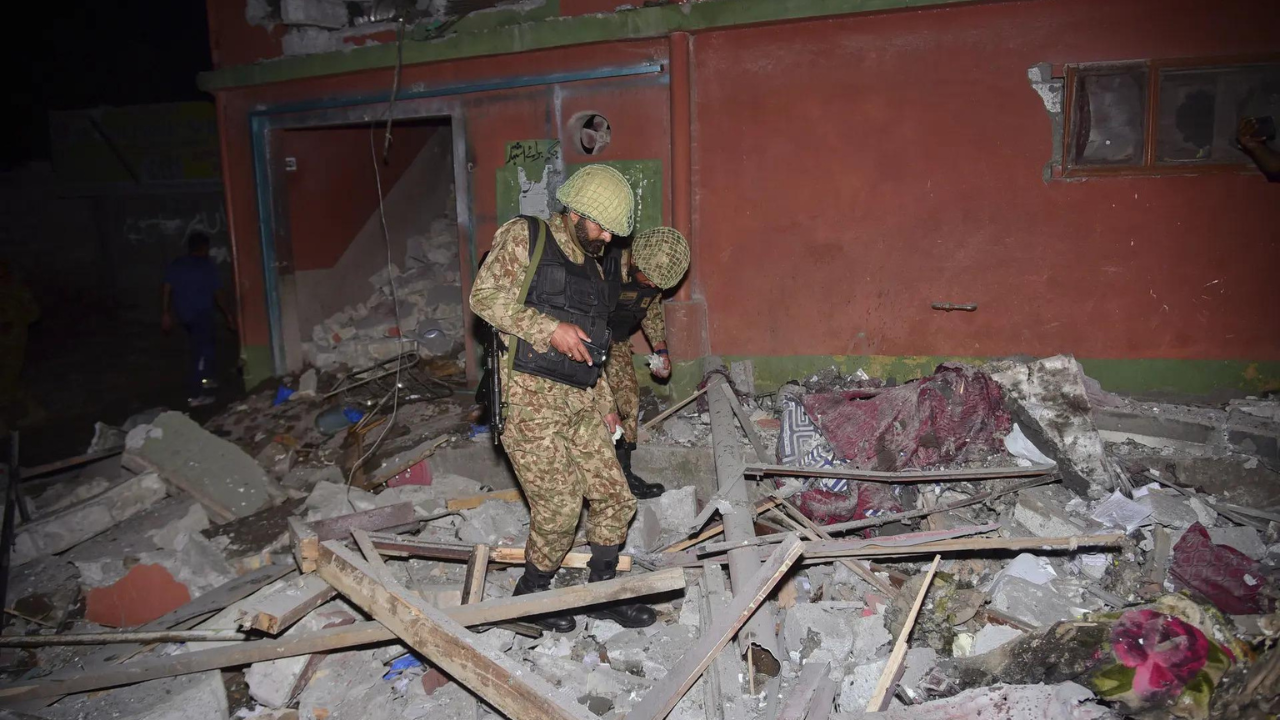Introduction
Operation Sindoor, India’s retaliation to the heinous Pahalgam terror attack, wasn’t just a military operation. It was a symbolic strike designed to honor the victims, especially the widows, and convey a powerful message to Pakistan and the world. The name itself holds deep cultural and emotional significance, making it not just a military action but a tribute to those lost and an assertion of India’s commitment to justice and righteousness.
The Symbolism Behind the Name: A Tribute to Victims

The name Operation Sindoor draws its significance from the traditional vermillion powder, or sindoor, which Hindu women apply to their foreheads after marriage. This mark symbolizes the presence and well-being of a husband. For India, naming the operation “Sindoor” was a way of honoring the victims of the Pahalgam attack, particularly the widows who had been bereaved by terrorists.
The women who lost their husbands—some newly married—became the faces of the tragedy, including Himanshi Narwal, whose husband, Navy officer Lieutenant Vinay Narwal, was killed just six days after their wedding. His wife, kneeling beside his body, became a symbol of the brutal attack, and the absence of the sindoor on her forehead underscored the harsh reality of the loss.
Operation Sindoor: The Message of Justice
By targeting terror infrastructure in Pakistan and Pakistan-occupied Kashmir (POK), India aimed to send a clear message. The name Sindoor is not only a tribute to the victims but also a promise that those responsible for such acts of terror will be held accountable. The strikes were a calibrated, non-provocative response, carefully avoiding any Pakistani military targets, ensuring that the message was clear: India was not escalating tensions but avenging innocent lives lost.
The Human and Heroic Nature of the Operation
In traditional Indian culture, sindoor is also linked to warriors, signifying their bravery and readiness to battle for what is just. The Rajputs and Marathas wore it as a mark of courage and valor. By invoking the symbol of sindoor, the operation linked itself to this heroic tradition, signaling India’s resolve to defend its people and values against terrorism.

Unlike Pakistan’s consistent targeting of civilians, India took every measure to limit the strikes to terror camps, thus reflecting a humane approach to counterterrorism. The precision of the strikes—using SCALP missiles and HAMMER bombs—ensured that only terror infrastructure was hit, highlighting India’s focused strategy of minimizing collateral damage.
Conclusion: Operation Sindoor as a Steely Yet Humane Response
Operation Sindoor wasn’t just about striking terror camps. It was a statement of India’s unwavering commitment to protecting its citizens, avenging the loss of innocent lives, and staying true to its cultural values of righteousness and justice. With a message that combines humanity and heroism, Operation Sindoor stands as a powerful testament to India’s resolve against terrorism and its commitment to safeguarding peace.
Learn More: India’s Precision Strikes Explained | Symbolism in Indian Warfare










